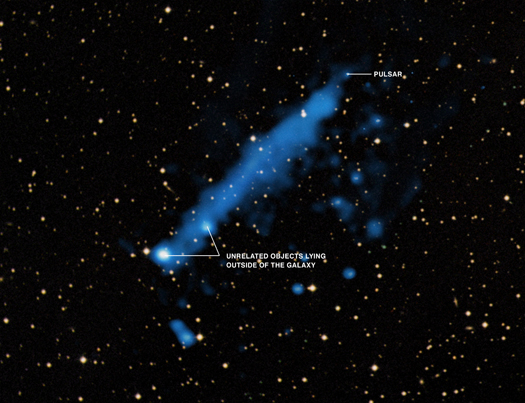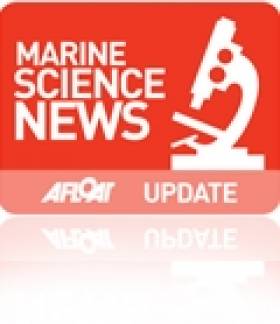Displaying items by tag: NUI
Watersports Facility Planned by NUI Galway
NUI Galway has applied for planning permission for a new watersports facility on the city campus.
As Galway Bay FM reports, the development at the college’s upper Newcastle campus would involve the construction of a rowing storage shed, along with two floating platoons on the bank of the Corrib river.
A pedestrian and cyclist greenway along Corrib would link to an existing footpath, and the plans include equipment storage facilities, changing rooms, drying room, bathrooms, reception, first aid and a café.
A gym training room, function room, kitchenette, mother and baby room, communications room and offices are also provided for in the application, which has been submitted along with an environmental impact statement.
Galway city planners are expected to rule on the application in July.
Read more on the Galway Bay FM website here
Pulsars Discoveries by NUI Galway Astronomers
The team, led by NUI Galway's Dr Andy Shearer, compared optical observations with a detailed model of the structure of the pulsar. From this, using their inverse mapping or reverse engineering approach, they were able to establish for the first time that most of the light from the pulsar comes from close to the star's surface. This is contrary to most pulsar models and points to a new way of analysing observational data from pulsars.

Dr Shearer said: "This is the culmination of ten years work. Our success is based upon having some talented post-graduate students and post-doctoral researchers combined with looking at the problem in a different way. The result shows the importance of our approach of combining numerical models run on large supercomputers with detailed observations. To follow these calculations we will use the SFI funded Galway Astronomical Stokes Polarimeter (GASP)* to finally establish the conditions around a pulsar and solve a forty year old problem - how do pulsars work?"
In another development, NUI Galway astronomers, working with colleagues in Italy, the UK and US, have discovered an X-ray bright tail coming from a pulsar. The tail was discovered by combining optical observations taken with the European Southern Observatory's Very Large Telescope and NASA's Chandra X-Ray observatory. The pulsar, known as PSR J0357, is about half a million years old and is located 1,600 light years from Earth with a tail of over four light years across. These findings have been recently published in The Astrophysical Journal.
Despite over forty years of observation and theory, pulsars, which are rapidly rotating neutron stars, have defied an explanation of how they work. Pulsars are about one and a half times the mass of the sun, but are so small they could fit into Galway Bay. Consequently they represent extreme matter. They have a magnetic field which can be greater than a million billion times stronger than the Earth's magnetic field. Their density is also about a million, billion times greater than the density of the Earth. They are formed during a massive explosion at the end of a star's life known as a Type II supernova. During a supernova, the light from a single star outshines its host galaxy which contains up to a hundred billion stars.
The work at NUI Galway involved observations of the Crab pulsar formed in April 1054 when it was observed as a daytime star – unusually, very few observations of this event come from Europe, although it was observed by Irish monks and recorded in the Irish Annals.





























































